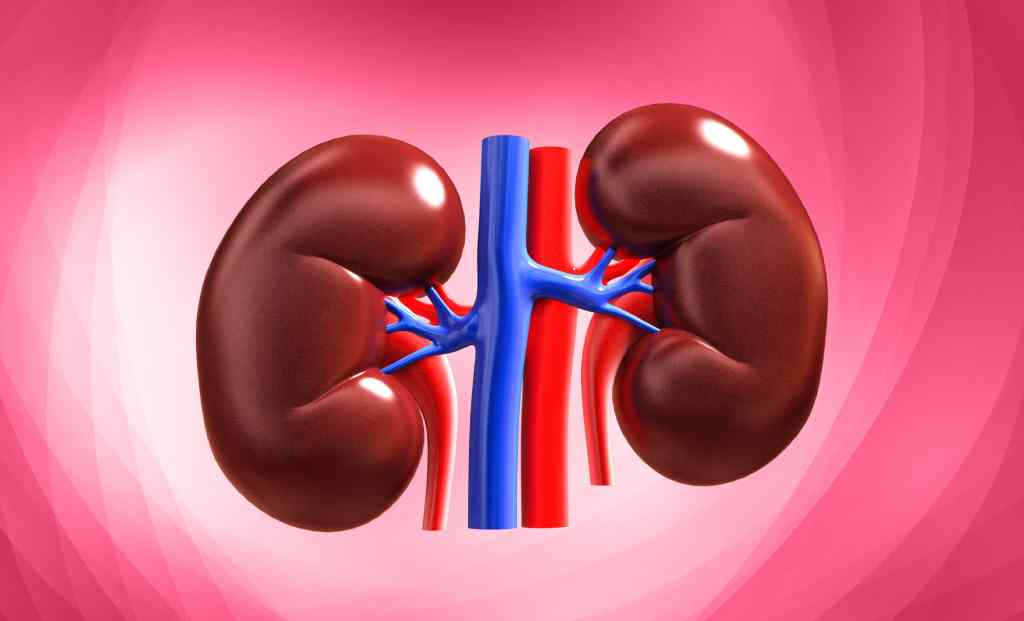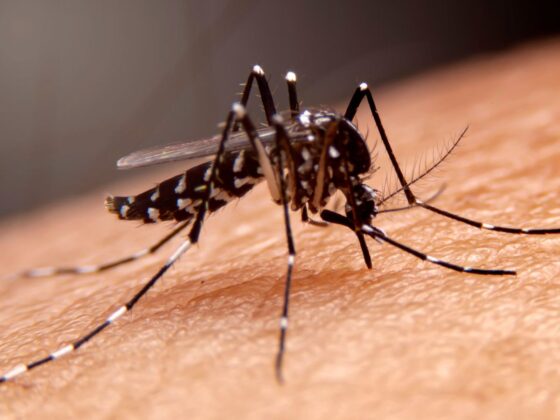New Delhi, 10 December 2024: A mysterious, flu-like illness, recently dubbed “Disease X,” is causing widespread concern in the Democratic Republic of the Congo (DRC). The outbreak, which has resulted in a significant number of infections and deaths, has health experts scrambling to identify the cause and prevent further spread. The illness, marked by symptoms similar to the flu, has prompted the World Health Organization (WHO) to issue urgent warnings, and international health agencies are closely monitoring the situation.
What is Disease X?
Disease X refers to an unknown or unidentified pathogen that could cause a future global epidemic. The term was coined by the World Health Organization in 2018 to represent a mysterious and emerging disease that could pose a significant public health risk. While the WHO’s Disease X designation is not tied to any specific virus, it highlights the potential danger of previously unknown diseases and the need for preparedness.
The current outbreak in Congo, although not officially categorized as Disease X, is raising alarm due to the lack of clarity surrounding its cause. The disease presents symptoms similar to the flu, including fever, headache, fatigue, and body aches. However, some cases have also exhibited more severe signs, including respiratory distress and bleeding, raising concerns that it could be a more deadly virus.
Symptoms and Spread of the Illness
The mysterious illness has primarily affected rural areas in the DRC, where the healthcare infrastructure is often under-resourced. The outbreak’s symptoms are similar to those of many viral illnesses, including influenza and Ebola, making it difficult for healthcare professionals to distinguish it from other diseases at first. Those infected experience fever, headaches, severe fatigue, and muscle aches, which progress to respiratory issues, vomiting, and in some cases, hemorrhaging.
The virus is believed to spread through bodily fluids, and reports suggest that transmission may also occur in healthcare settings, as medical staff often come into contact with patients’ fluids while administering treatment. Close contact with infected individuals is a known risk factor, and the virus has shown signs of spreading quickly within local communities.
Disease X Outbreak: Health Authorities’ Response
The WHO and the Congolese Ministry of Health have launched an emergency response to contain the outbreak. Teams of epidemiologists and healthcare workers have been sent to affected regions to assist with testing, treatment, and containment measures. Disease surveillance is ramping up in surrounding areas, and authorities are implementing quarantine protocols to limit the spread.
As of now, there is no known cure for the illness, and the cause remains under investigation. The outbreak has not yet been officially linked to any known virus, but health experts are considering a range of possibilities, including the presence of a new or mutated strain of a flu-like virus or even a resurgence of a previously eradicated disease.
While the outbreak is currently confined to Congo, the global community remains on high alert. The designation of “Disease X” serves as a reminder of the ongoing threat of emerging infectious diseases. Experts warn that the rapid spread of pathogens can occur at any time, and the international community must be prepared for the possibility of a global health crisis.
Governments around the world are being urged to increase funding for research and health infrastructure to better detect and manage new diseases. The WHO and other health agencies continue to monitor the situation closely, with the hope that a clearer understanding of the outbreak’s origin will soon be available.
The mysterious flu-like illness outbreak in Congo, which is being closely monitored by global health authorities, is a stark reminder of the potential risks posed by unknown diseases. Although it is not officially classified as “Disease X,” the outbreak has raised serious concerns about the emergence of new pathogens and the importance of international preparedness. As health teams work to contain the outbreak and identify its cause, the world must remain vigilant and ready to respond to future health crises.








